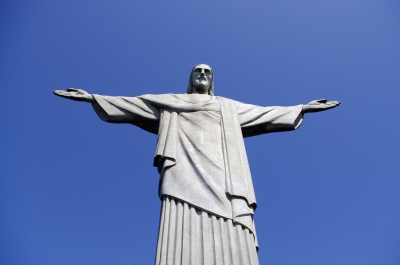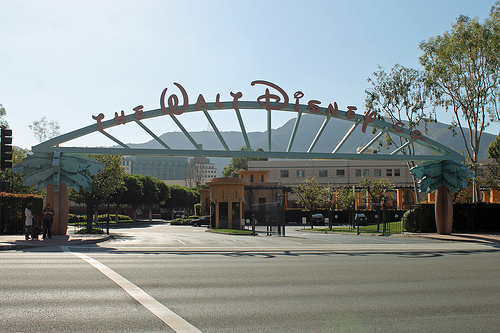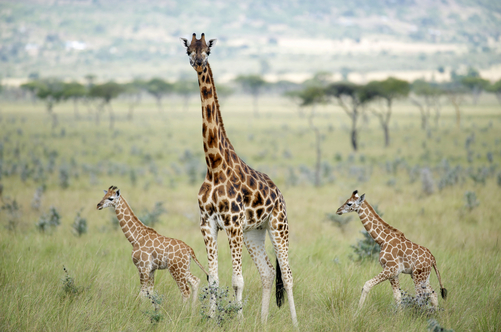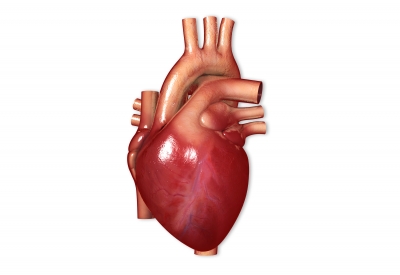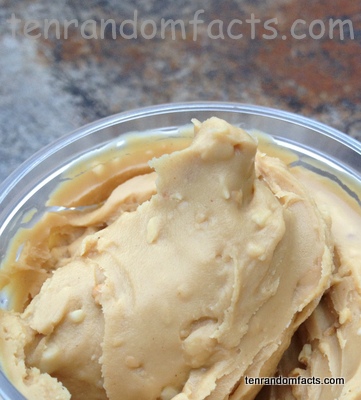
Peanuts are spreadable! Try peanut butter.
- Peanut butter is an edible spread, usually used on bread or toast, made from ground roasted peanuts, generally with the addition of sugar, salt and oil or fat.
- United States and China are the major exporters of peanut butter, and it is eaten in many countries around the world, being popular in North America, Australia, Netherlands, the United Kingdom and others.
- The Native American Aztecs and Incas mashed peanuts in to a compound that could be described as the first peanut butter.
- In 1884, Marcellus Edson, from Canada, patented peanut butter that was made by heating up roasted peanuts, and in the early 1890s, the substance was given to patients who had difficulty chewing food.
- In the United States, over 340 million kilograms (750 million pounds) of peanut butter is eaten annually, and national Peanut Butter Day is held on 24th of January.
- A type of oil, typically vegetable oil, is added to peanut butter to make the product easier to spread.
- Peanut butter is full of nutrients and is high in protein, vitamin B6, vitamin E, niacin, manganese, magnesium, folate, copper, zinc, phosphorous, and potassium, but it is very high in fats.
- Peanut butter sandwiches have been banned in many schools due to severe peanut allergies.
- Peanut butter generally comes in two types, smooth or crunchy, and the crunchy version contains small chunks of peanut in the spread, and can be made into cookies and candy, and eaten with chocolate, cheese or jam.
- Peanut butter is sometimes known as ‘peanut paste’ and in World War II, it was dubbed ‘monkey butter’.
Bibliography:
Brooks S, The Truth about Peanut Butter, 2013, She Knows’ Foods & Recipes, <http://www.sheknows.com/food-and-recipes/articles/981321/the-truth-about-peanut-butter>
Peanut Butter, 2013, Wikipedia, <http://en.wikipedia.org/wiki/Peanut_butter>






